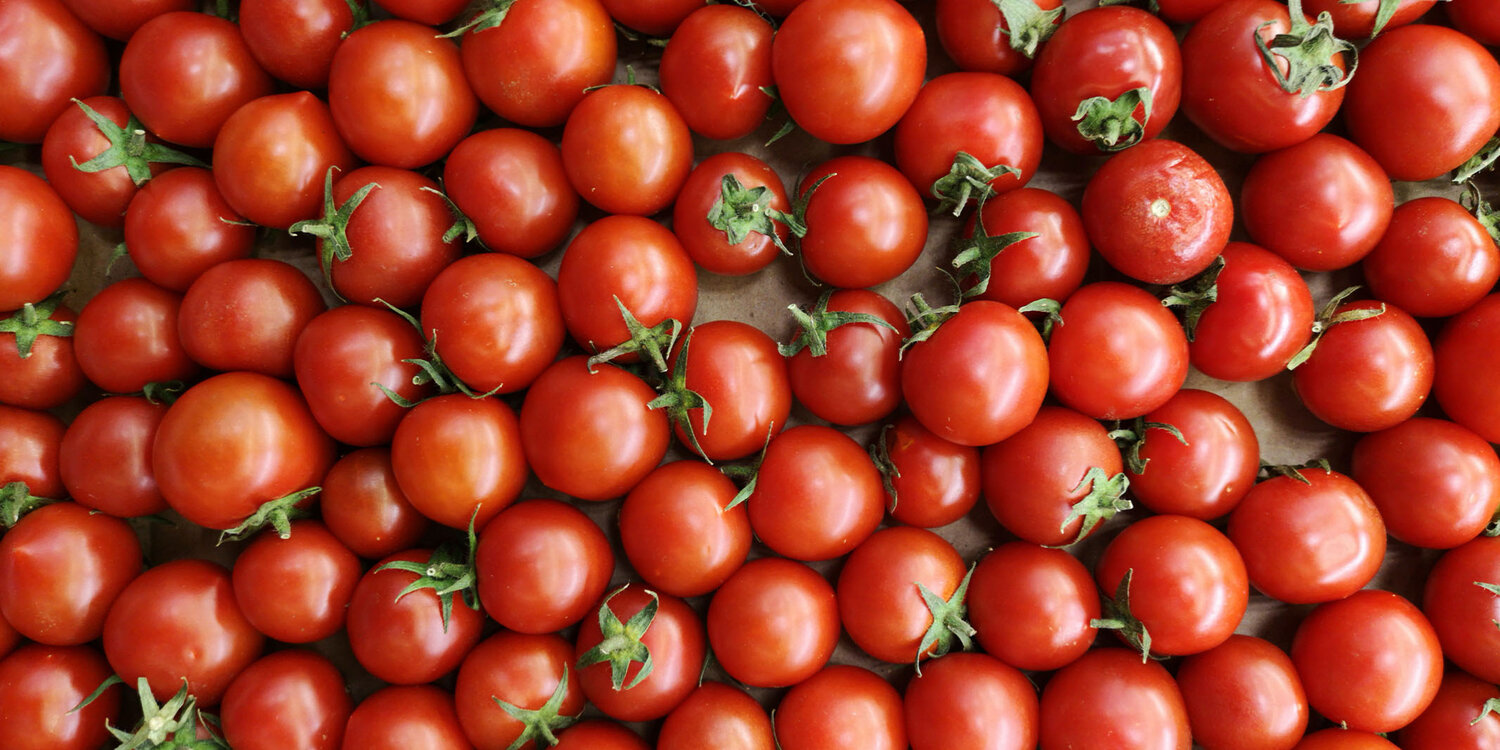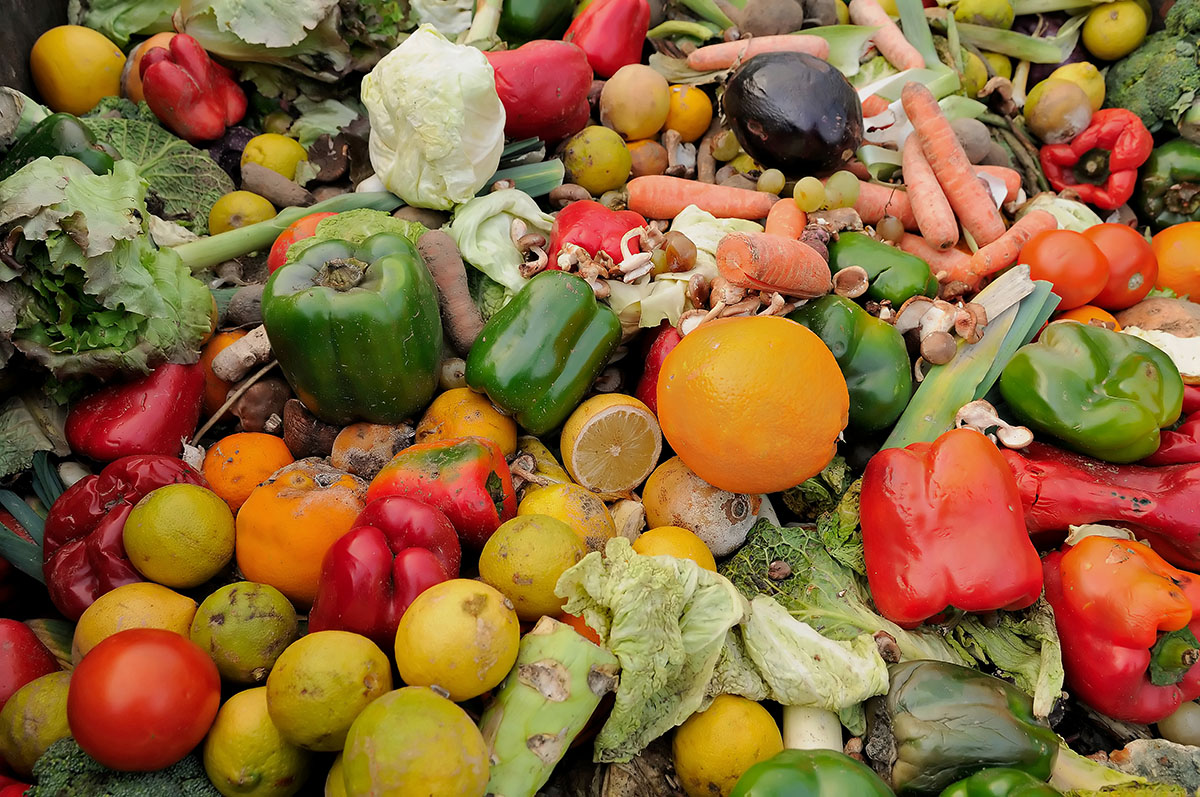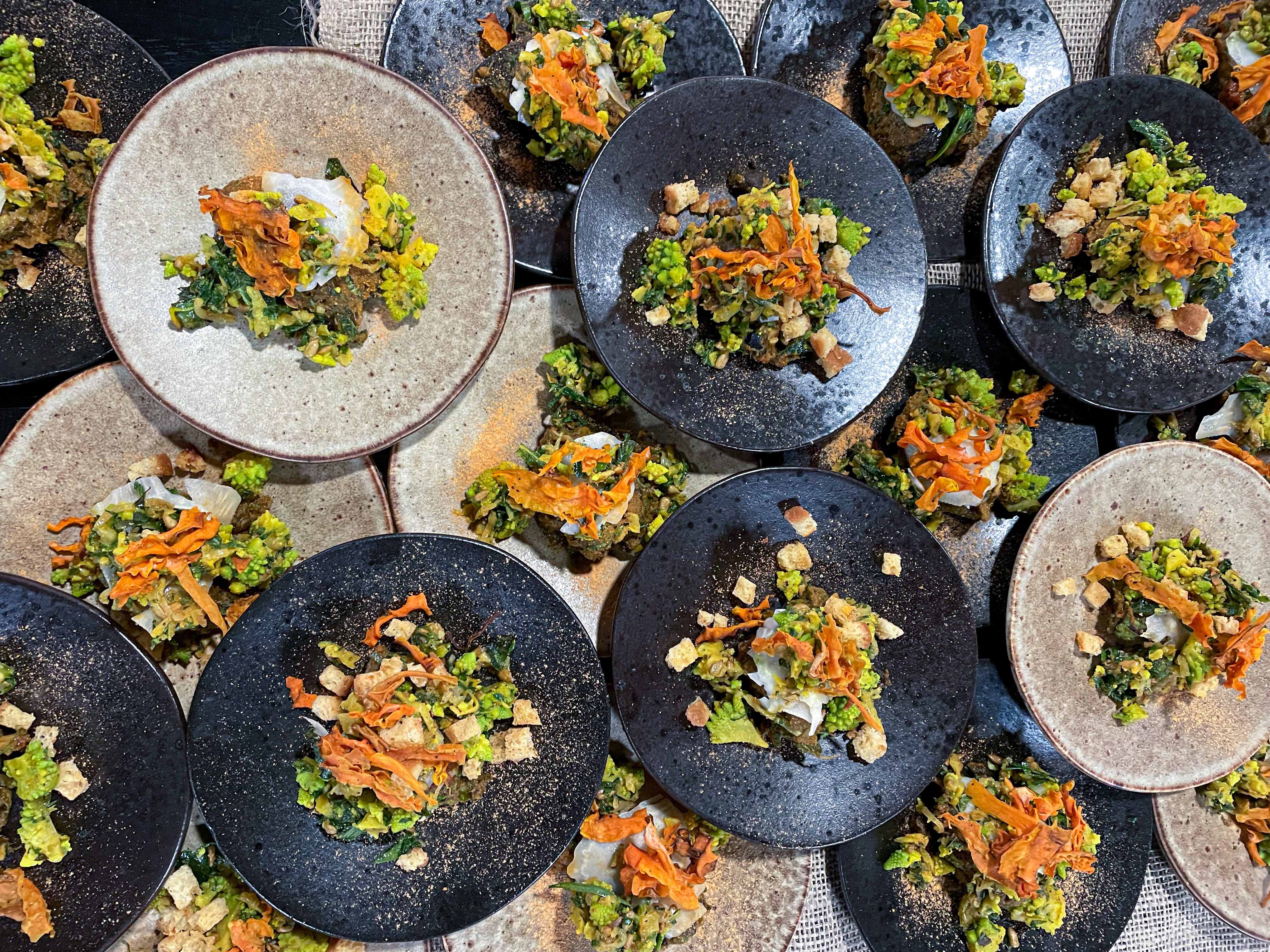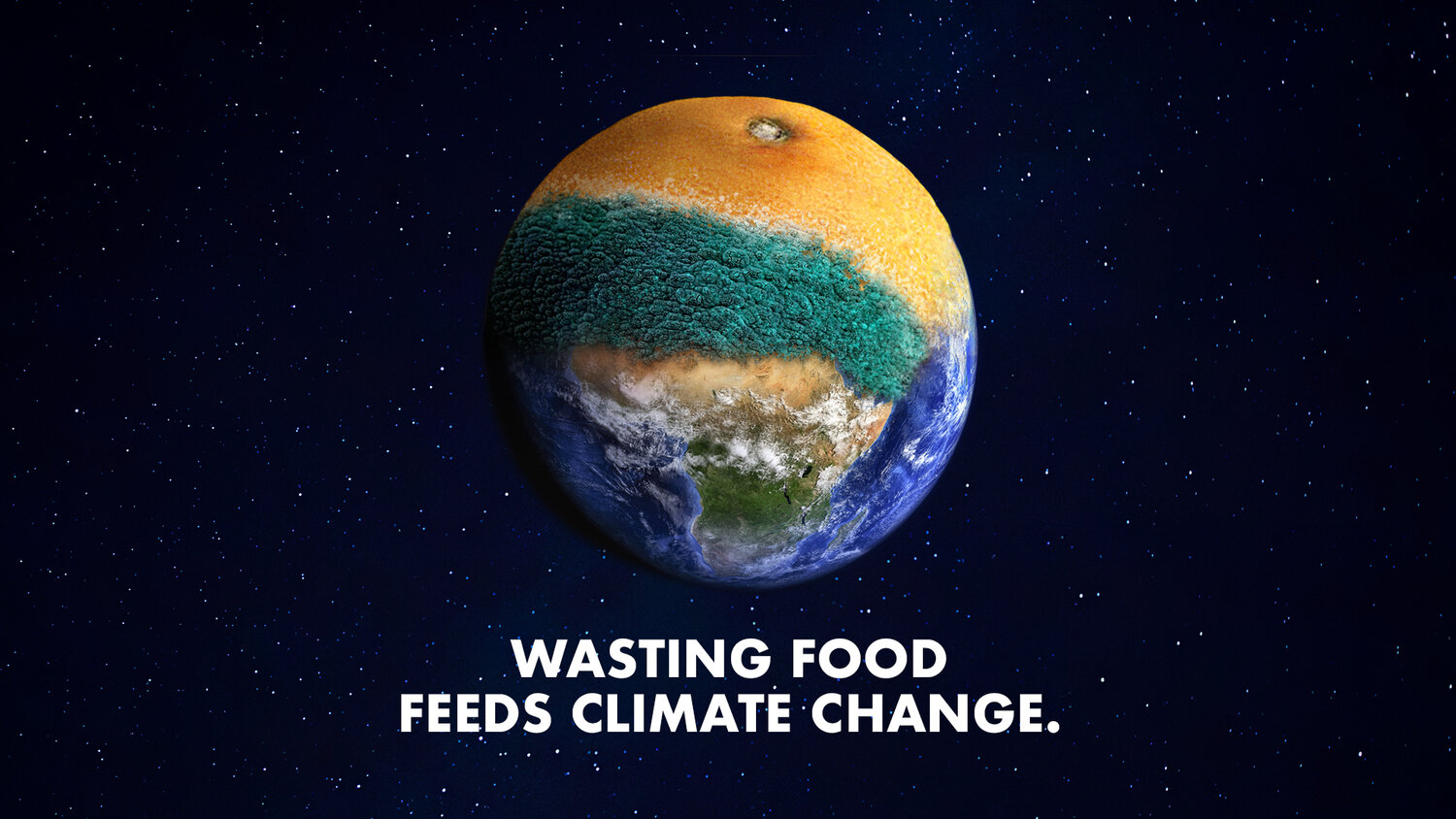There’s a climate emergency going on and we are, in what the United Nations calls, ‘the decade of action’. Our food waste is a part of the climate change problem, and that is what makes WRAP’s Food Waste Action Week, from 1st-7th March, such an important event in the calendar. Now is the best time for all of us to reflect on what we can all do to reduce the food that we send to the landfill.
Our pledge
Matt Byne is Fooditude’s Director of Food. He helps us shape food policy and is super passionate about cooking with fresh and seasonal ingredients. For Food Waste Action Week, he has released the following statement…
“Reducing food waste is a priority for us at Fooditude and forms a large part of our strategy to reduce our carbon footprint and uphold our Planet Mark certification. WRAP’s Food Waste Action Week is an opportunity for us to raise awareness about the scale of the food waste issue in the UK and to educate our staff, clients and diners about the various ways in which we can all reduce food waste in our homes, offices and across the business.”
Our 23 top tips for cooking at home and reducing food waste
If you are ever short of inspiration for the kitchen at home, chefs Matt Byne, Susi Hester-Lloyd and Alex Bailey are never short of good advice on how to take your cooking to the next level. We asked each of our chefs about how you can reduce food waste, whilst making what you eat even more delicious. Here’s what they had to say…
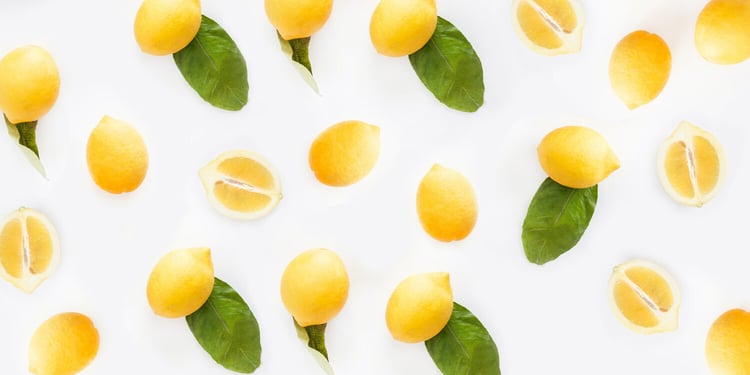
Chef Susi’s Top Tips:
-
Don’t throw away your broccoli stalks! Instead, fine dice them and use them in the base of a risotto or pasta sauce.
-
Juiced lemons and limes still have plenty of sweetness left to offer. Cook them up in a saucepan with sugar and water to get a lovely lemon and/or lime syrup.
-
Get yourself signed up to a veg box scheme (such as Oddbox) that provides surplus fruit and veg from farms and supermarkets. It’s eco-friendly and great value for money!
-
Blitz any of your herbs that are starting to get old with oil, and hey presto – you have a delicious herb oil for cooking and salad dressings.
-
Never know what to do with the remaining cabbage from a recipe? Use it to make a sharp pickle that’ll keep in your fridge for weeks to come.
-
Those left-over parmesan rinds can be used to boost your meals’ flavour. Add them to soups or stews for an added kick of umami.
-
Leftover rice has life in it yet! Infact, precooked fridge chilled rice can be used to make the best fried rice.
-
Don’t throw away the water from tinned chickpeas! Instead, add mustard, garlic and olive oil to the liquid for a scrumptious vegan mayo.
-
Remember, you don’t always need to peel root veg. Most of the time, all you need to do is give them a good scrub.
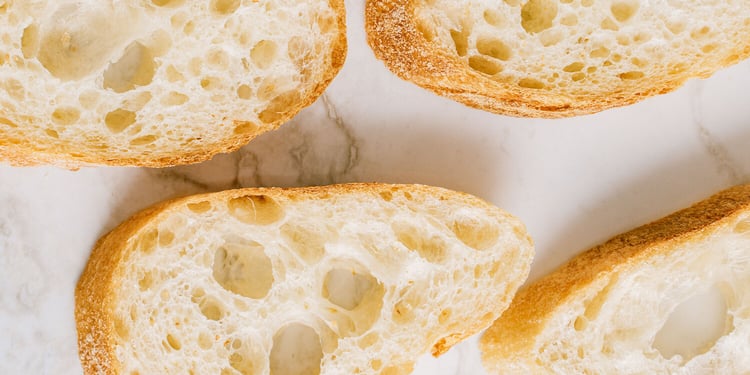
Chef Matt’s Top Tips:
-
Every time you buy fresh bread, take out half a loaf and place it in the covering bag from the previous loaf – then place the half into the freezer. This way you’ll avoid the race against the clock to finish the full loaf before it goes moldy. Frozen bread can be popped straight into a toaster.
-
Left-over porridge can be used to make scones, or even homemade bread.
-
Use up fruit that’s ‘going squishing’ by blending them into a breakfast smoothie.
-
If you have apples that are slightly past their ‘best before’ – cook them down with a little sugar and cinnamon for the perfect accompaniment for cereals and yoghurt.
-
Out-of-date yoghurt doesn’t need to be fated for the bin. Make flatbreads by combining the yoghurt with an equal amount of self-raising flour, a touch of salt and a pinch of chilli flakes – then cook on a frying pan.
-
Overripe bananas can be transformed into banana lollies. Cut the bananas in half, put onto a wooden kebab stick – then freeze. Once frozen, they can be dipped into melted chocolate and dusted with crushed Maltesers.
-
Those pesky bendy carrots and potatoes that remain at the bottom of your fridge can be repurposed into a hearty soup with the addition of onions, garlic, veg stock and a few choice herbs.
-
Bendy carrots can also be grated into cookie dough to add a little zing to the flavour, especially with an oat, cinnamon and carrot cookie mix!
-
The green leaves from cauliflower, broccoli and cabbages can be used in making kimchi. It’s super easy to do! Check out this 2-step BBC Good Food recipe.
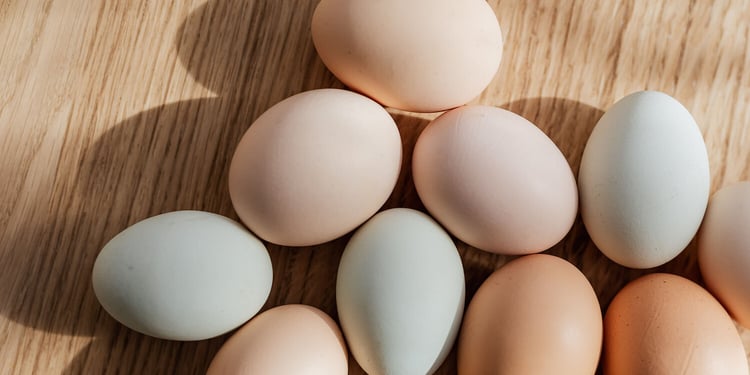
Chef Alex’ Top Tips:
-
One of the best things you can do at home to reduce food waste is to plan weekly menus in advance, setting out what you’ll be having for lunch, breakfast and dinner. This way you only need to buy the ingredients you know you need.
-
Batch cook your sauces. I usually make a month’s worth of tomato sauce in one sitting, then freezing everything that I don’t plan to use immediately. The same tactics also work great for all you bolognese lovers.
-
Stale bread makes for excellent bread crumbs, when crushed up.
-
After enjoying a roast chicken meal, put the remaining carcass in a pan, cover with water, bring to boil – then throw in some onions, carrots and celery. Leave on the hob until you have a delicious chicken stock for sauces and soups.
-
Food leftovers can also be repurposed for your garden. Egg shells, when rinsed, dried and crushed make a great fertilizer. Coffee grinds, when scattered on your lawn, can be really good for your grass.
Going the extra mile
We hope our chefs top tips show how easy it can be to implement food-saving hacks at home, whilst also helping you to save money and make delicious food. If you’re feeling even more ambitious to tackle food waste, then we recommend you check out the book ‘River Cottage: Love Your Leftovers’ by Hugh Fearnley-Whittingstall or download the OLIO App and become an active part of their sharing, anti-waste, community.
Share your journey with us on @wearefooditude
